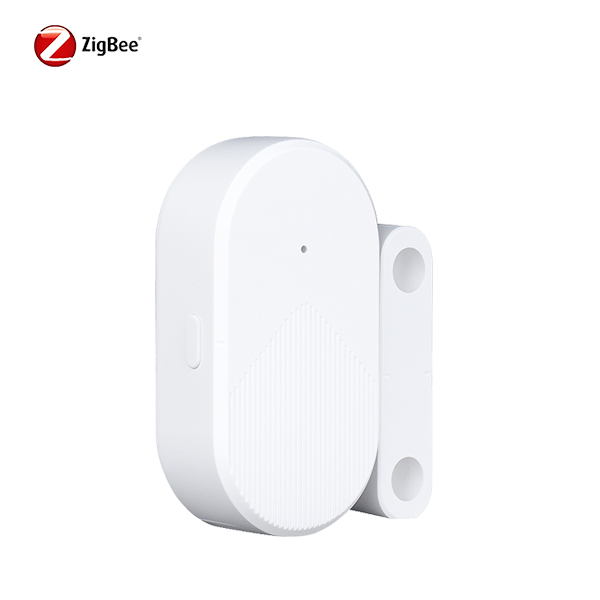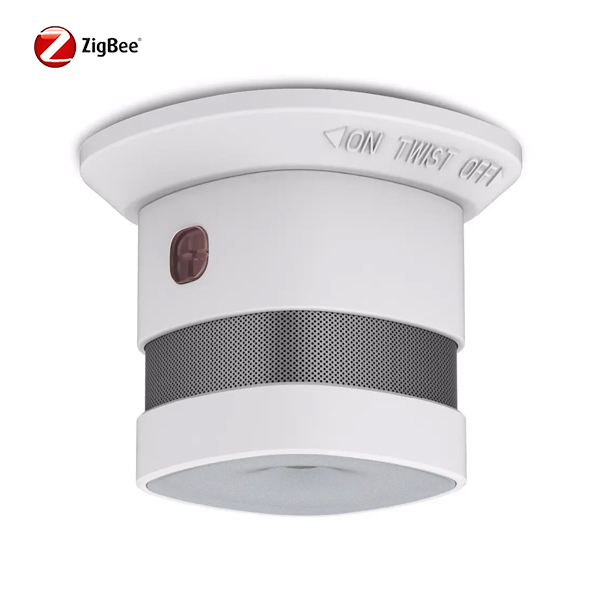Zigbee-based smart home systems are becoming the preferred choice for residential and commercial automation projects thanks to their stability, low power consumption, and easy deployment. This guide introduces the essential Zigbee sensors and provides professional installation recommendations to ensure optimal performance.
1. Temperature & Humidity Sensors – Linked with HVAC Systems
Temperature and humidity sensors allow the HVAC system to automatically maintain a comfortable environment. When indoor conditions exceed preset ranges, the air conditioner or heating system will activate through Zigbee automation.
Installation Tips
-
Avoid direct sunlight and areas with vibration or electromagnetic interference.
-
Keep more than 2 meters away from doors, windows, and air outlets.
-
Maintain consistent height when installing multiple units.
-
Outdoor models should include weatherproof protection.
2. Door/Window Magnetic Sensors
These sensors detect the opening or closing of doors and windows. They can trigger lighting scenes, curtain motors, or send security alerts through the control hub.
Recommended Locations
-
Entry doors
-
Windows
-
Drawers
-
Safes
3. PIR Motion Sensors
PIR sensors detect human movement through infrared spectrum changes, enabling high-accuracy automation.
Applications
-
Automatic lighting in corridors, stairways, bathrooms, basements, and garages
-
HVAC and exhaust fan control
-
Security alarm linkage for intrusion detection
Installation Methods
-
Place on a flat surface
-
Mount using double-sided adhesive
-
Fix to a wall or ceiling with screws and brackets
4. Smoke Detector
Designed for early fire detection, suitable for residential, commercial, and industrial environments.
Installation Recommendations
-
Install at least 3 meters away from kitchen appliances.
-
In bedrooms, ensure alarms are within 4.5 meters.
-
Single-story homes: hallways between bedrooms and living areas.
-
Multi-story homes: stair landings and inter-floor connection points.
-
Consider interconnected alarms for full-home protection.
5. Gas Leak Detector
Detects natural gas, coal gas, or LPG leaks and can link with automatic shut-off valves or window actuators.
Installation Guidelines
-
Install 1–2 meters from gas appliances.
-
Natural gas / coal gas: within 30 cm from the ceiling.
-
LPG: within 30 cm from the floor.
6. Water Leak Sensor
Ideal for basements, machine rooms, water tanks, and any area with flooding risks. It detects water through resistance changes.
Installation
-
Fix the sensor with screws near leak-prone spots, or
-
Attach using the built-in adhesive base.
7. SOS Emergency Button
Provides manual emergency alert triggering, especially suitable for elder care or assisted living projects.
Installation Height
-
50–70 cm from the floor
-
Recommended height: 70 cm to avoid obstruction by furniture
Why Zigbee Is the Best Choice
By integrating wireless sensor networks with smart home systems, Zigbee eliminates the constraints of traditional RS485/RS232 wiring. Its high reliability and low deployment cost make Zigbee automation systems widely accessible and scalable for both residential and commercial projects.
Post time: Nov-17-2025






